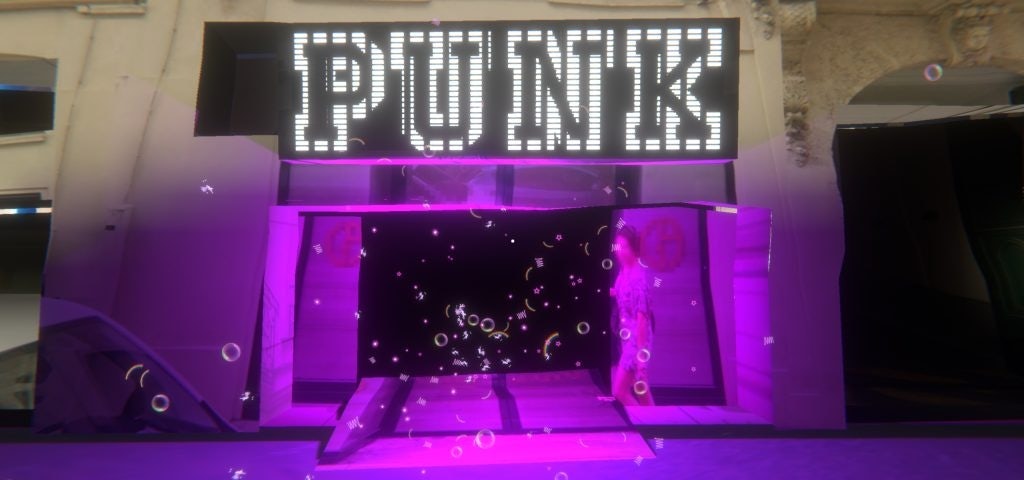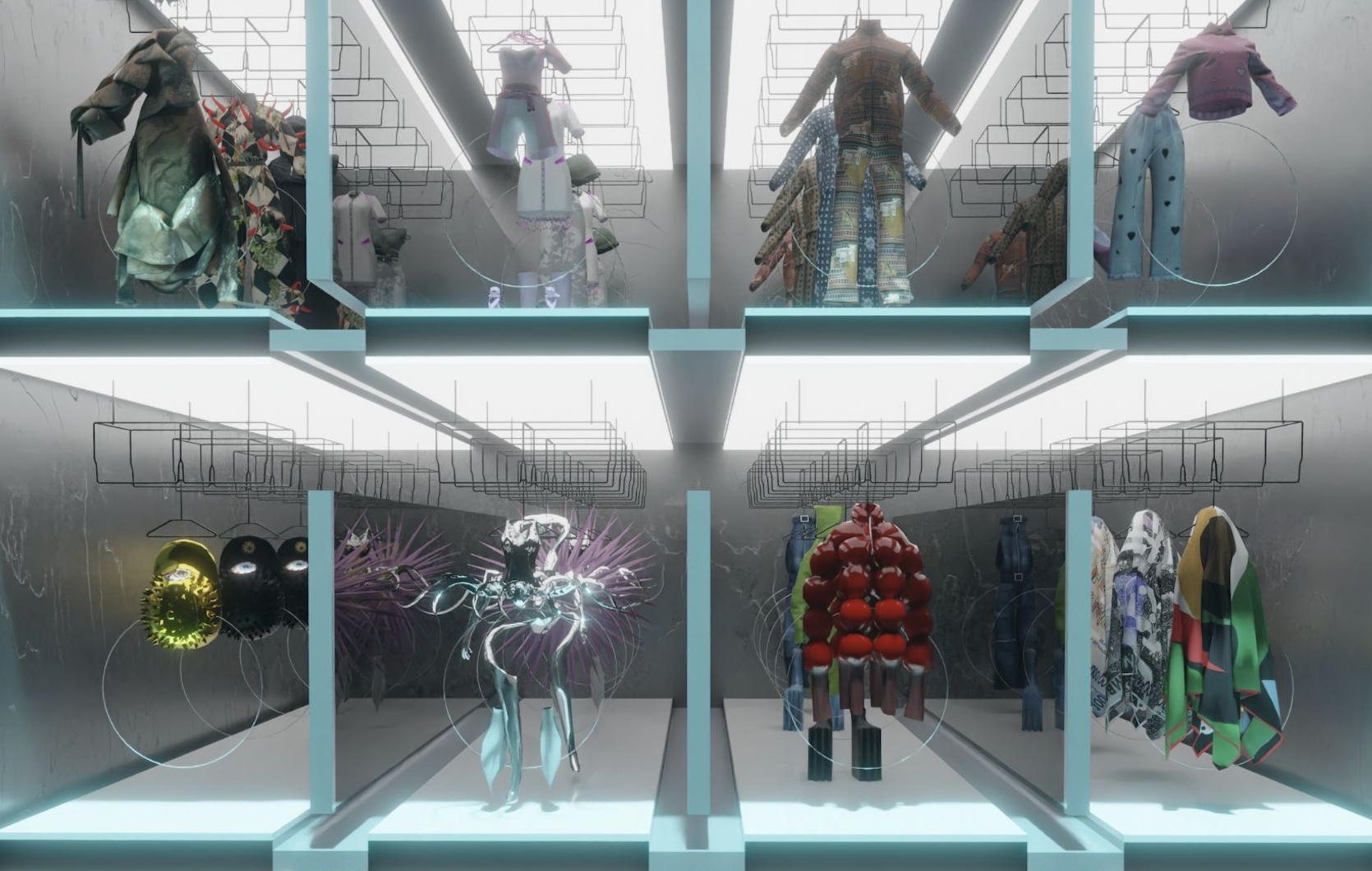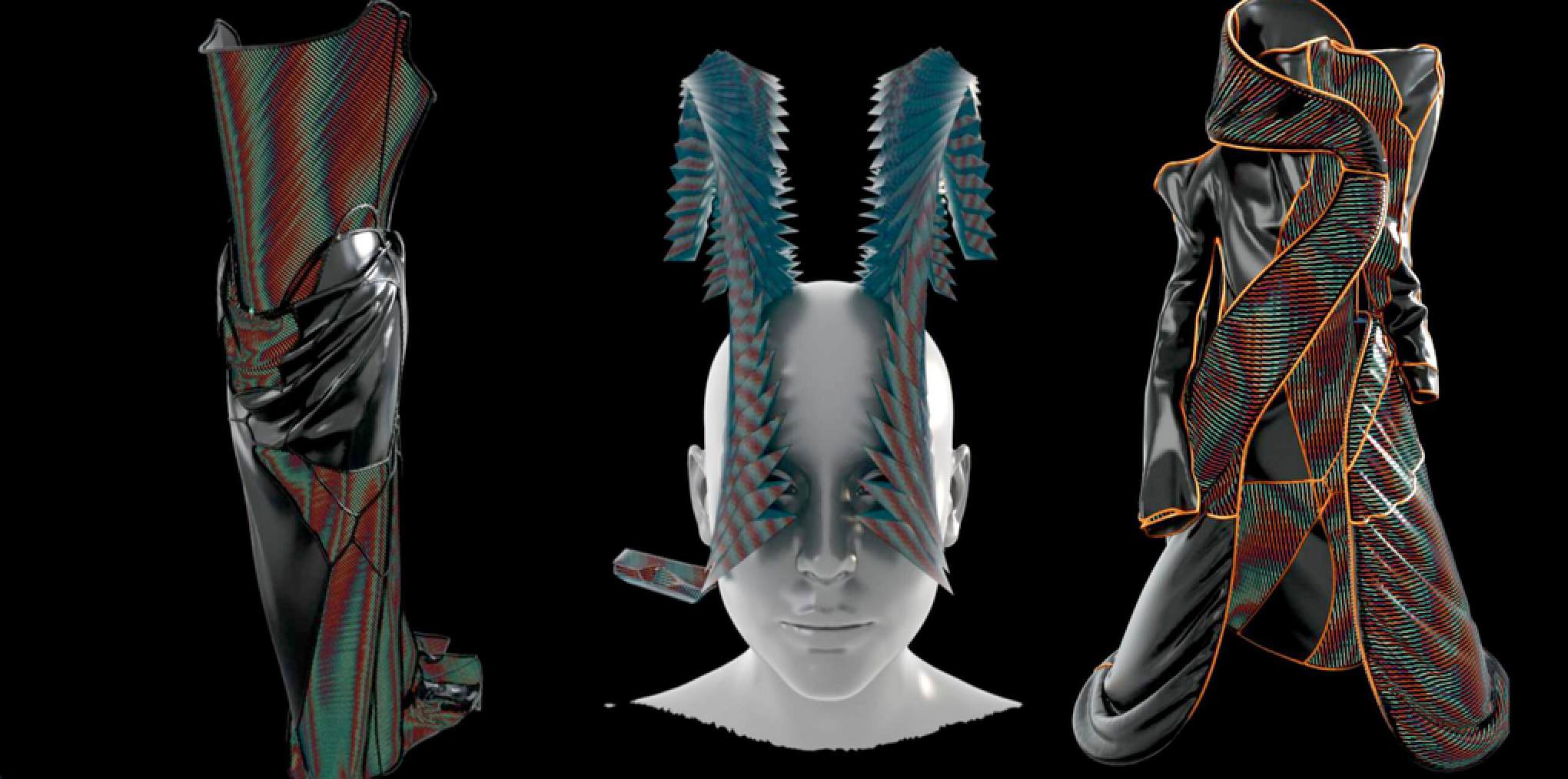When we reflect on the advancements of Web3 and metaverses over the past eight years, one principle stands out: self-sovereignty.
It's a term that carries the weight of true empowerment, transforming how we engage with the digital landscape with the creation of photorealistic environments, and redefining our digital relationships. I believe it is the future of the immersive internet.
The digital and IRL realms are blending more seamlessly than ever. Today, users can bring their own unique identities, like CyberBrokers Mechs, powered by Mona, into the real world through enhanced augmented-reality experiences.
There’s also a newfound appreciation for the arts and royalties for emerging artists. Metaverse explorers can find themselves captivated by artful worlds and experiences, including Daniel Arsham’s Ares House, which Mona powers, as well as Squiggleverse, developed in collaboration with SnowFro, founder of Art Blocks.

Digital tectonic shift#
In traditional digital environments, the platform plays the role of puppet master, controlling assets and dictating terms. This often leaves creators and users at the mercy of platform policies.
In contrast, Web3’s decentralized architecture is a game-changer. In these open source, blockchain-powered metaverses like Mona, users are transported to immersive worlds via their web browser allowing for a new paradigm of social interaction in 3D, where explorers can connect in a more immersive, intuitive, and meaningful way.
These spaces serve as an open platform enabling 3D artists, game designers, architects, filmmakers, creators of all types, and collectors to build, capture, sell, and carry those assets with them beyond its platform.
Here, you, the creator, own your data and digital assets — even within intricate, interactive 3D realistic environments. With blockchain technology, transactions can occur directly between parties, bypassing the need for centralized corporations to mediate (and profit from) our digital lives.
This paradigm shift tilts the balance of power towards individual control as these platforms mature into a new iteration.
New 3D world-building wave#
Amid all the chatter about hardware, it's crucial to appreciate the feats accomplished by 3D world-builders. Independent game designers, 3D artists, architects, and VR artists have succeeded in creating more immersive digital spaces in a fraction of the time it takes large companies and studios to publish projects.
Immersive projects have sprouted from the grassroots level, thanks to decentralized technologies, and have elevated our digital experiences.
While some mainstream media outlets pushed the “the metaverse is dead” narrative, exploiting the shortcomings of Web2 tech giants like Meta, the reality is, there is a thriving community of metaverse builders and explorers that continues to grow.
What excites me most is how these breakthroughs dovetail with self-sovereign spaces. In a span of just two years, the immersive layer of the internet has undergone a seismic shift, fortified by decentralization principles.
We are no longer mere spectators, but participants in a rich tapestry of interactions with both creators and consumers.

Fair compensation#
As a creator familiar with the traditional studio model, whereby ownership of work is often surrendered to larger entities, I see the rise of self-sovereign, 3D realistic spaces, as a watershed moment.
No longer do creators have to relinquish control over their intellectual property; instead, they retain full ownership in these decentralized ecosystems. Even more compelling is the concept of creator royalties, which enable artists and creators to earn compensation in perpetuity for their work. Gone are the days when creativity was a one-time transaction with limited reward.
Self-sovereign spaces act as both catalyst and haven for this groundbreaking transformation, offering a digital realm where creativity is not merely celebrated, but also justly and sustainably remunerated.
Personal and universal#
From an entrepreneur’s perspective, I value the idea of empowering creators, and believe that by providing creators with the tools and means to succeed, we have a better chance of making a positive, sweeping impact on the world.
Mona’s mission is to cultivate an infinite network of self-sovereign, user-generated immersive spaces, giving creators the tools and freedom they need to fully express themselves. By democratizing the creation of immersive experiences through open-source tools and infrastructure, we’ve made this revolutionary shift accessible to a diverse pool of talent.
There is, of course, the ongoing conversation on how these landscapes are moderated for users’ safety. While self-sovereign, immersive spaces offer incredible prospects, as with any corner of the internet, they aren’t immune to potential online abuse and bad actors.
While we are thankful to have an incredibly supportive and positive community where bad actors have not become an issue thus far, Mona still has individual monitors present at all Mona-led events. We are also working on features for better user safety tooling, to ensure challenges like these are resolved.

Empowered individuals#
Self-sovereign spaces offer a realm where digital interactions aren’t just limited to likes and comments; they are a breeding ground for genuine creativity and collaboration. This shift is transformative. It allows for more agency, more freedom, and a more vibrant internet with creators at the forefront. World-builders are driving the narrative now, and the control is finally in our hands.
My experience in crafting compelling digital realities has convinced me of the monumental impact self-sovereign spaces will have on our digital lives. They provide a space for creative minds to flourish freely and fairly while offering consumers a much more engaging and empowering environment.
Looking ahead, a new, immersive internet will not only entertain but also empower, enrich, and elevate every individual who chooses to engage. The revolution is not on the horizon – it's already here.
This is an opinion piece where all views expressed belong to the author.
Jing Meta Insider is the new op-ed from Jing Meta, the latest publication which remains at the cutting-edge of the metaverse, new technological innovations, and Web3. We invite experts from across the field of Web3 luxury, fashion design, and retail to share their insights on the latest current trend, conversation or development making waves across the virtual landscape.


